10 Times Virtual Actors Were Used to Replace Real Performers
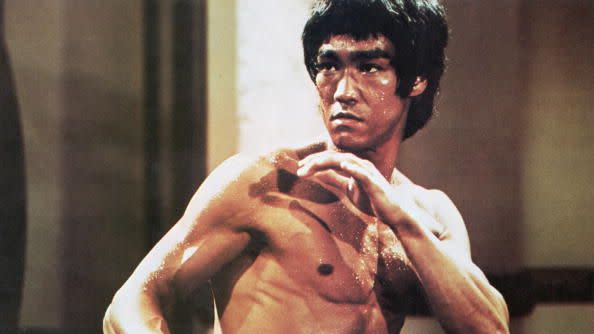
As the use and sophistication of artificial intelligence technology continue to rise, concerns have arisen in recent weeks about virtual actors one day replacing real-life performers. Motion capture and face scan technology can now expertly replicate an actor’s likeness, and studios are hiring more A.I. employees amid the ongoing actors’ union strike.
But the use of virtual actors isn’t entirely new. Visual effects and other tricks have been used to replicate actors’ performances in various movies and shows and other mediums. A.I. has been used in everything from recreating John Lennon’s voice to bringing Tupac back to life to Kanye West gifting Kim Kardashian a hologram of her dead father.
Below are 10 examples of the use of virtual actors, often completing the work of performers who died before their projects were finished.
Bruce Lee
Virtual Performance: Game of Death (1978)
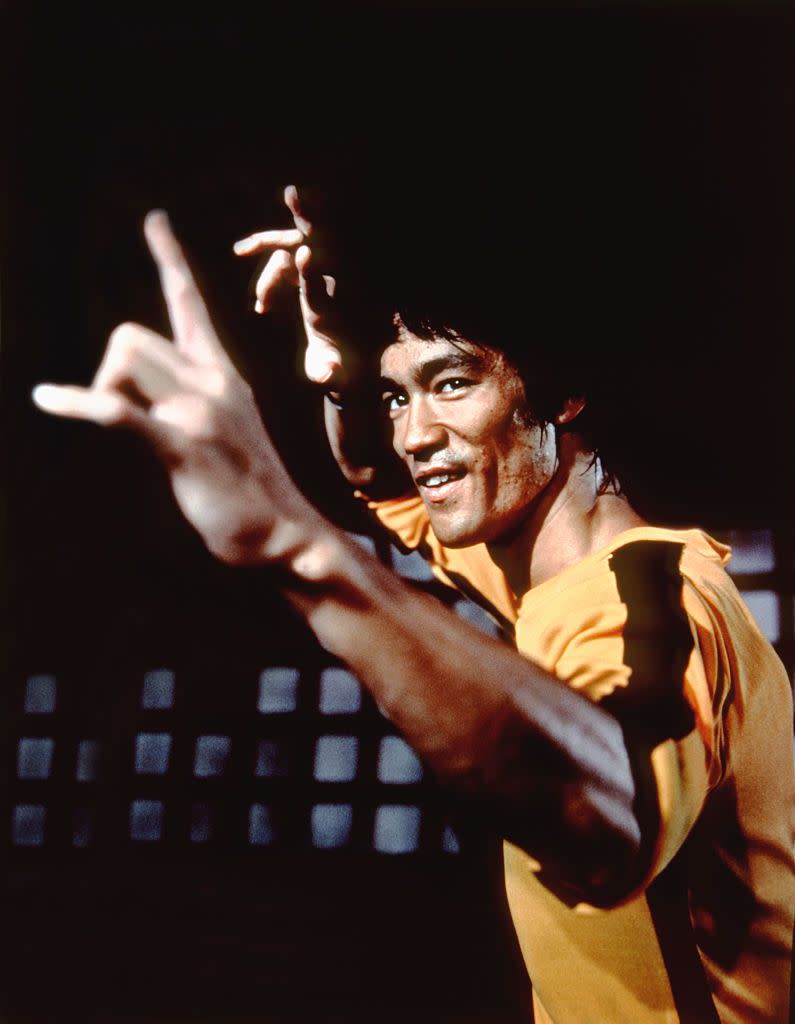
Legendary martial artist and actor Bruce Lee died early into the shooting of Game of Death, but the Golden Harvest studio decided to complete the film without him. This required hiring actors as stand-ins for Lee and rewriting much of Lee’s story. To explain changes in Lee’s appearance, his character was rewritten to undertake plastic surgery to avoid recognition.
A wide range of tricks were used to conceal that the actors were not Lee, including disguises, sunglasses, shots from unusual angles, and in one particularly bizarre case, a static image of Lee’s face superimposed directly on top of the actor’s face. Controversially, the studio even used footage from Lee’s real-life funeral in the film, with his face visible inside the casket at one point.
Brandon Lee
Virtual Performance: The Crow (1994)
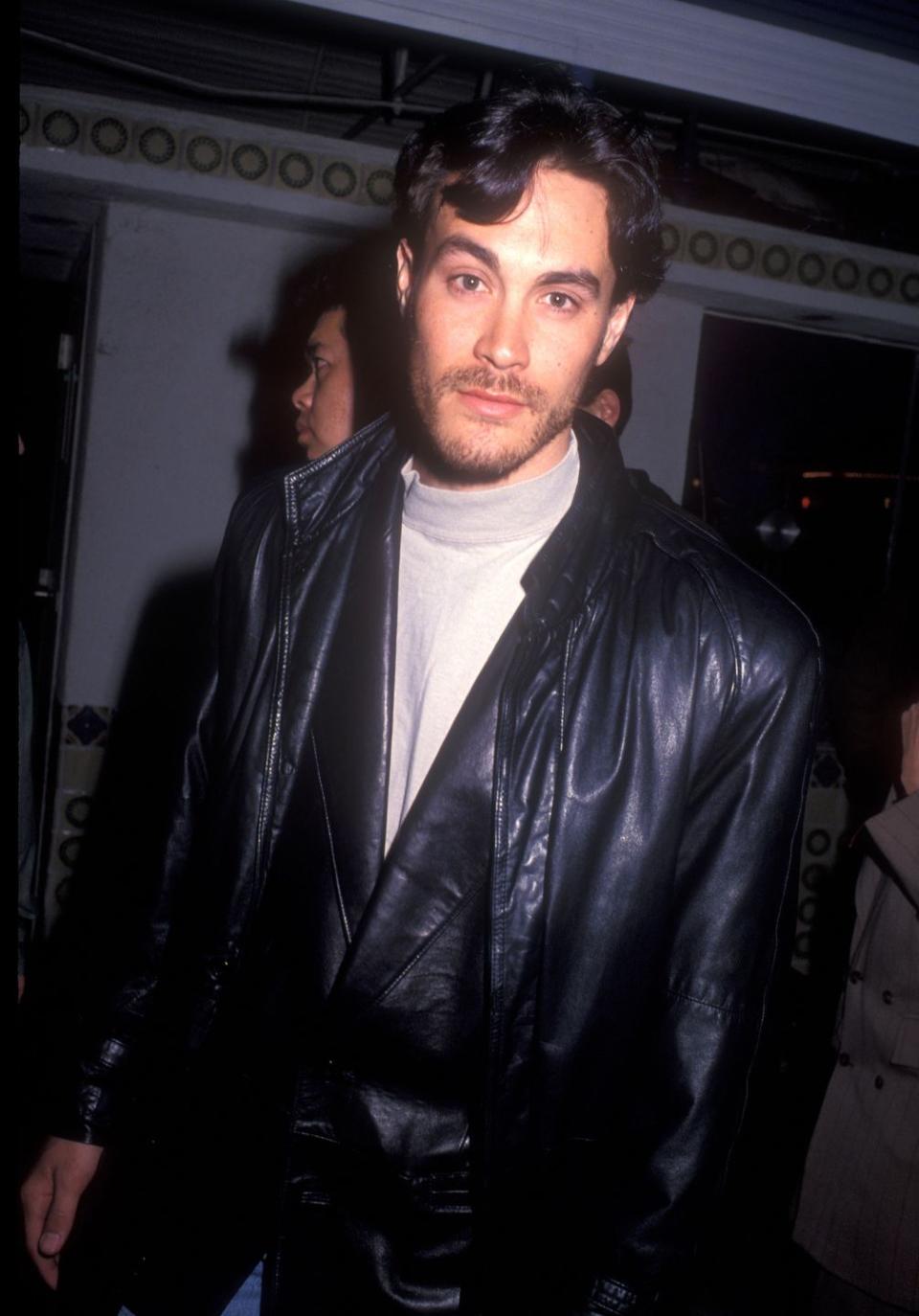
Bruce Lee’s son, Brandon, had his promising career tragically cut short when he was killed during an accident involving a gun with blank rounds while filming The Crow. Unlike Game of Death, most of Lee’s scenes were completed, but special effects company Dream Quest had to use cutting-edge techniques to finish his remaining shots.
A stunt performer named Chad Stahelski—who later directed the John Wick films—stood in for Lee during several scenes. Dream Quest then used previously-shot footage of Lee to digitally superimpose his face onto Stahelski’s body. The dark lighting of the gritty neo-noir film helped conceal the effect.
John Candy
Virtual Performance: Wagons East (1994)

Beloved comedian John Candy died of a heart attack while filming his less-than-beloved final film, the Western comedy Wagons East. Parts of the script were rewritten to exclude him, but body doubles were used to replace him in some instances, and a digital effect was used to replace him in one bizarre scene.
The filmmakers took a scene earlier in the film and used it again, superimposing it onto a different background. Vulture described it as a “lazy cut-and-pasted shot [that] makes no sense and looks awful, and it’s not even the worst scene from the movie.”
Oliver Reed
Virtual Performance: Gladiator (2000)
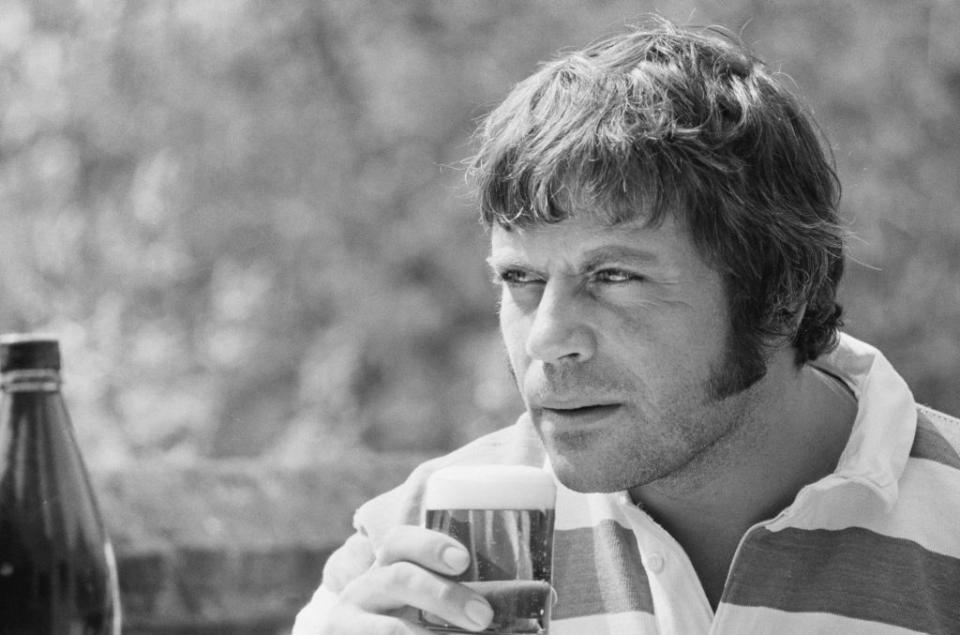
English actor Oliver Reed died of a heart attack three weeks into shooting his celebrated supporting role of Proximo in Gladiator. His performance was almost complete, but a few crucial scenes remained to be shot, necessitating a minor script rewrite and post-production visual effects, according to the book Gladiator: The Making of the Ridley Scott Epic.
According to the book, previously-shot footage of Reed was added to new backgrounds, which occasionally required the color of his costume to be changed. Body doubles would perform scenes in other instances, and Reed’s head was digitally placed on their bodies. “It was like a jigsaw puzzle,” director Ridley Scott said of the work.
Want more trivia about your favorite actors? Subscribe to the free Biography.com newsletter.
Nancy Marchand
Virtual Performance: The Sopranos (2001)
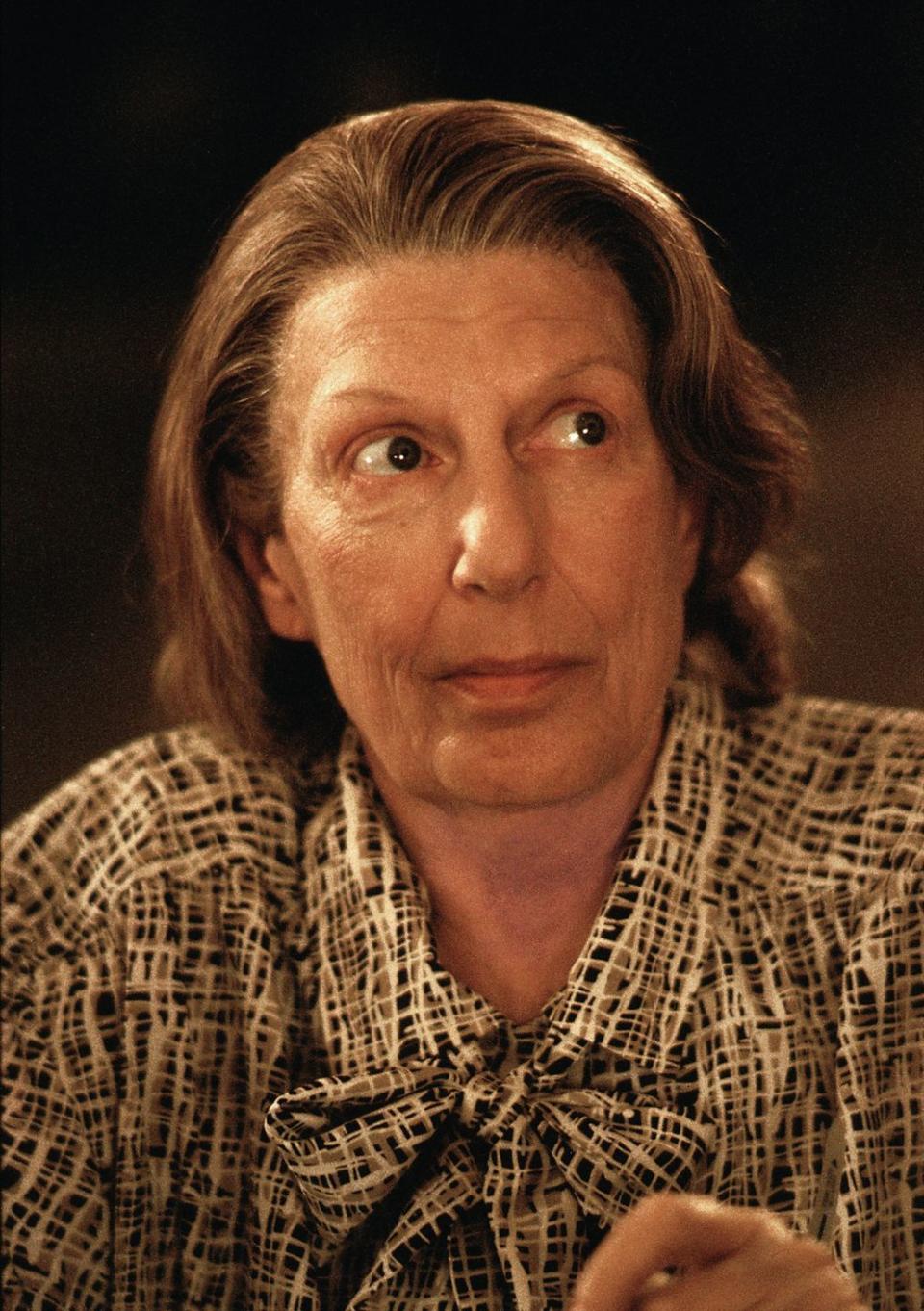
Nancy Marchand was planned to have a significant role in the third season of The Sopranos as Livia, the caustic and conniving mother of James Gandolfini’s Tony Soprano. Those plans changed after Marchand died before the season could be filmed, but series creator David Chase brought the actor back for one final scene.
For one final scene featuring dialogue between Tony and Livia, Marchand’s head was digitally superimposed onto another actor’s body, and bits of dialogue from her previous scenes were pieced together to create a conversation. The Chicago Tribune said of the scene, “to see her head floating almost awkwardly, like a ghost, is not only eerie but somewhat exploitative.”
Laurence Olivier
Virtual Performance: Sky Captain and the World of Tomorrow (2004)
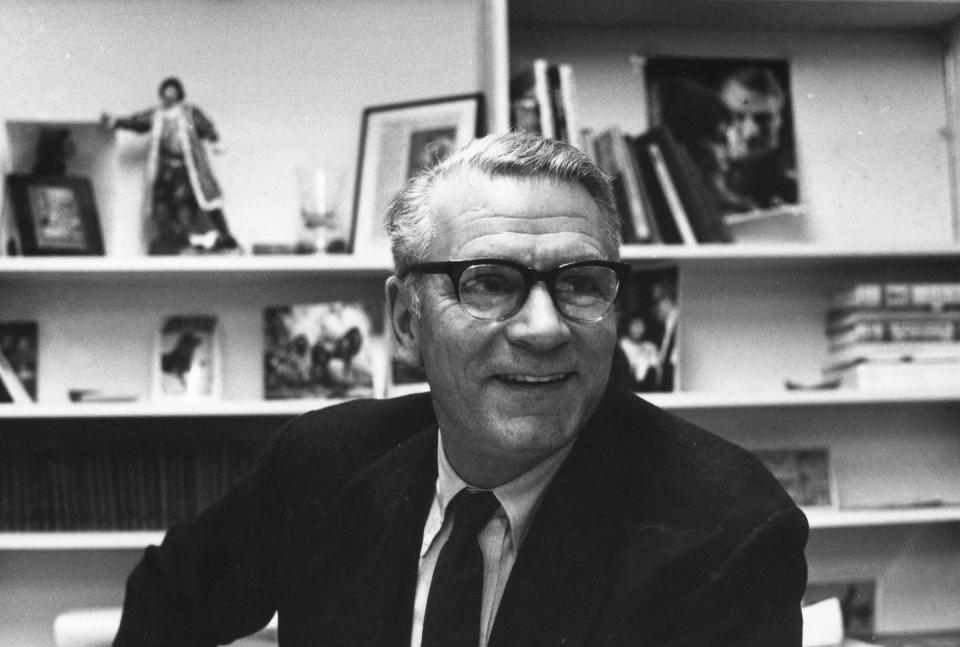
Jude Law and Gwyneth Paltrow starred in the sci-fi adventure Sky Captain, set in the technologically-advanced 1930s and filmed entirely on a green screen with computer-generated backgrounds. Among the film’s notable visual effects was the appearance of Laurence Olivier as the villain, even though Olivier had been dead since 1989.
The filmmakers used a combination of manipulated archive footage and newly-generated soundtrack dialogue to create a performance by a digital Olivier lookalike, “speaking lines he never spoke and making gestures he never made,” according to The New York Times.
Read More about Laurence Olivier
Marlon Brandon
Virtual Performance: Superman Returns (2006)

Legendary actor Marlon Brando famously portrayed Superman’s father, Jor-El, in the 1978 film. He died two years before the release of the 2006 reboot Superman Returns. Still, director Bryan Singer received permission from Brando’s estate to use his voice and image in the film, using previous footage from the original Superman film to create him digitally.
The filmmakers received access to hundreds of hours of unused recordings and bloopers from Brando’s original performance, which was used to create a final message from Jor-El to his son. “There was a lot of trust included in the fact that I would use it respectfully,” Singer said. “They gave us access to anything and everything.”
Read More about Marlon Brandon
Paul Walker
Virtual Performance: Furious 7 (2015)
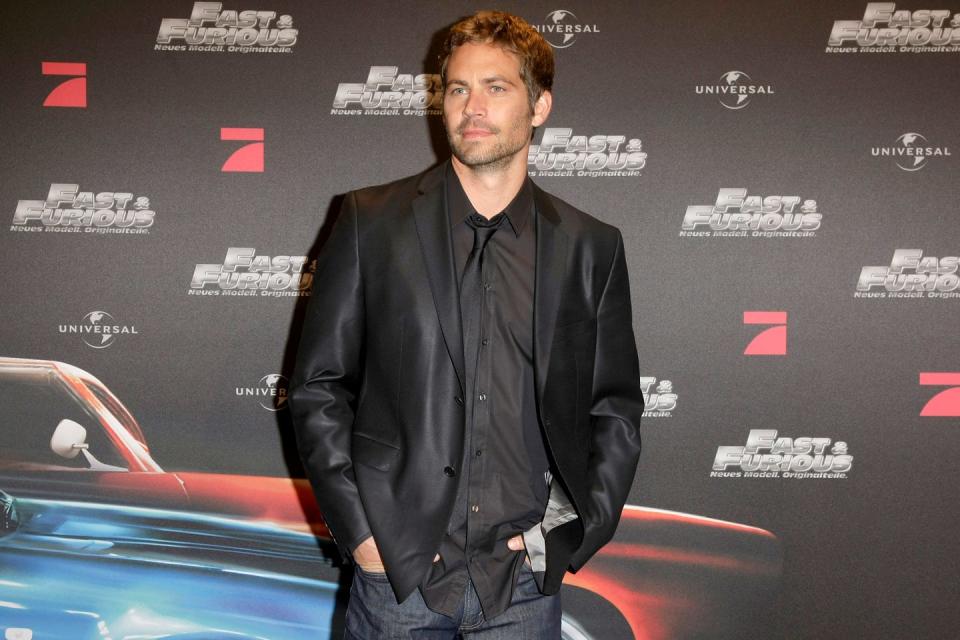
Paul Walker, one of the original stars of the popular Fast & Furious action film franchise, tragically died in a car crash while filming the seventh installment of the series. After a brief delay, production on the film continued, and Walker’s remaining scenes were completed by using Walker’s brothers, Caleb and Cody, as stand-ins for the actor.
Since the brothers so closely resembled Walker, only a minimal amount of digital retouches were necessary. Walker’s face was superimposed onto his brothers in some shots, and unused footage of the actor was used in other scenes. The sound editors also crafted a vocal performance from Walker’s previous footage to digitally create his new dialogue.
Peter Cushing
Virtual Performance: Rogue One (2016)

While not the first film to cast a deceased actor in a prominent role, the Star Wars film Rogue One was the most prominent to do so when it brought back Peter Cushing—who died in 1994—to reprise his role of Grand Moff Tarkin from the original film. The filmmakers did so by casting an actor resembling Cushing, then altering him with visual effects.
The visual artists used motion capture technology and a facial expression tracker to animate footage and photographs of Cushing, with permission from the late actor’s estate. The resulting digital performance drew praise and criticism, but visual effects supervisor John Knoll insisted, “We weren’t doing anything that I think Peter Cushing would’ve objected to.”
Roy Scheider
Virtual Performance: Iron Cross (2022)
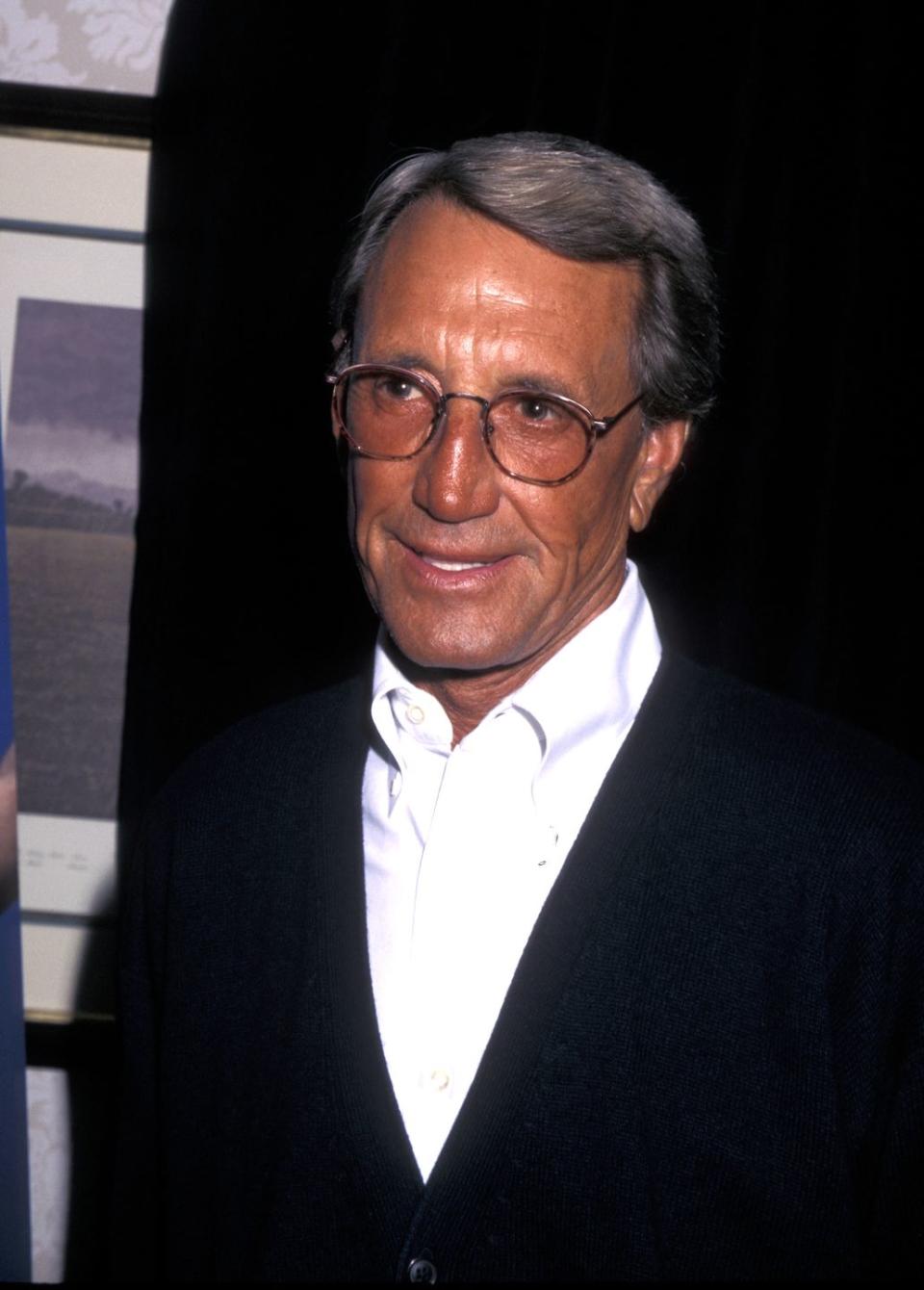
Roy Scheider, the acclaimed star of such films as The French Connection (1971) and Jaws (1975), died while filming his last movie, an English thriller called Iron Cross. The filmmakers used a novel approach to complete his remaining scenes, combining computer-generated imagery and an actor wearing a prosthetic latex mask of Scheider’s face.
“Roy was extremely passionate about this project, and we became close during filming,” said Joshua Newton, the film’s director and writer. “He really was a brave man; I admired his fighting spirit, and I am honored to have known and worked with him.”
You Might Also Like
